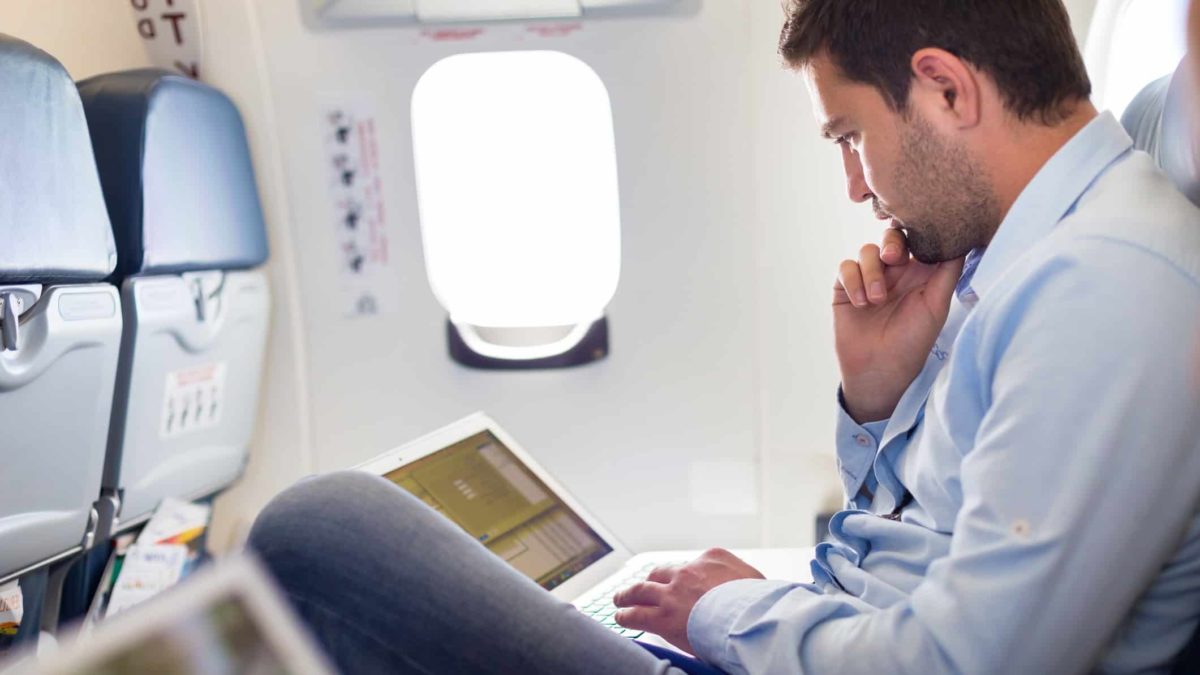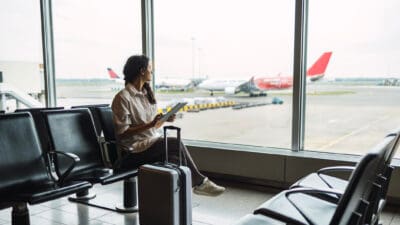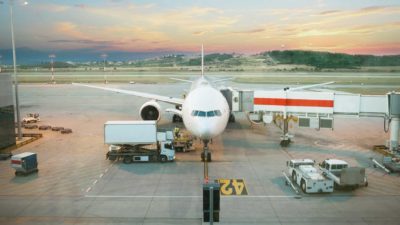The Qantas Airways Limited (ASX: QAN) share price is slipping despite the flying kangaroo's three-year recovery program appearing to have paid off.
The airline expects to post an underlying profit before tax of between $2.425 billion and $2.475 billion for financial year 2023. That would mark a record for the Aussie icon.
Not to mention, it's bolstered its on-market share buyback.
The Qantas share price is struggling on the back of the update, falling 1.77% to trade at $6.385 at the time of writing.
Let's take a closer look at Tuesday's news from the S&P/ASX 200 Index (ASX: XJO) travel giant.
Qantas share price gains on record profit guidance
A recovery in demand for travel and normalising aviation supply chains is on track to bolster Qantas' bottom line while airfares are trending lower, the ASX 200 company revealed this morning.
Flying activity at the national carrier has increased this half on the arrival of new aircraft, widebody jets returning from storage, and reliability improvements.
By the end of the second half, Qantas expects its domestic capacity to be 104% of pre-COVID levels.
Meanwhile, its international capacity is forecast to be above 80% of pre-COVID capacity. That's set to rise to around 100% by March 2024.
But there was rough news for travellers.
While airfares have declined recently, Qantas expects them to remain "materially" higher than pre-pandemic levels through the next fiscal year. Particularly, for those flying internationally.
Capacity improvements and falling jet fuel prices are tipped to benefit the company's financial year 2023 earnings. On the other hand, adverse foreign exchange and bond movements are expected to dent its bottom line.
Qantas expects to end this fiscal year with a net debt position of between $2.7 billion and $2.9 billion — considerably below its targetted range of $3.7 billion to $4.6 billion.
It also expects to fork out between $2.6 billion and $2.7 billion of capital expenditure for the period.
Finally, five aircraft in reserve will be back flying before the end of this half, while another eight new aircraft are on track to be delivered by the end of 2023.
The airline is working to get the last of its stored aircraft back into the air.
Qantas extends on-market share buyback
There's also been news of the company's capital return initiatives today. The airline underwent a $400 million buyback last year and announced another $500 million buyback in February.
The latter capital return is now 78% complete, with shares bought for an average of $6.49 apiece.
It will now bolster the buyback by up to another $100 million.
RBC analyst Owen Birrell dubbed the increase to the buyback a "token" given the company's debt levels are considerably below target, The Australian reports, quoting the expert as saying:
It obviously begs the questions as to whether there will be a major step-up in fleet capex and/or any further capital management coming at the FY23 result.
What did Joyce say?
Qantas CEO Alan Joyce commented on the news apparently weighing on the airline's share price today, saying:
More parts of the aviation supply chain are returning to normal, which means we're able to put some of the spare aircraft and crew we kept in reserve back in the schedule. That's combining with lower fuel prices to help put downward pressure on fares, which is good news for customers.
The industry remains capacity constrained and the travel category remains strong, so there's still a mismatch between supply and demand that's likely to persist for some time, especially for international flying.
Qantas share price snapshot
This year has been a good one for the Qantas share price so far.
The stock has lifted 7% since the start of 2023. It's also 17% higher than it was this time last year.
Comparatively, the ASX 200 has risen 5% year to date and 2% over the last 12 months.








